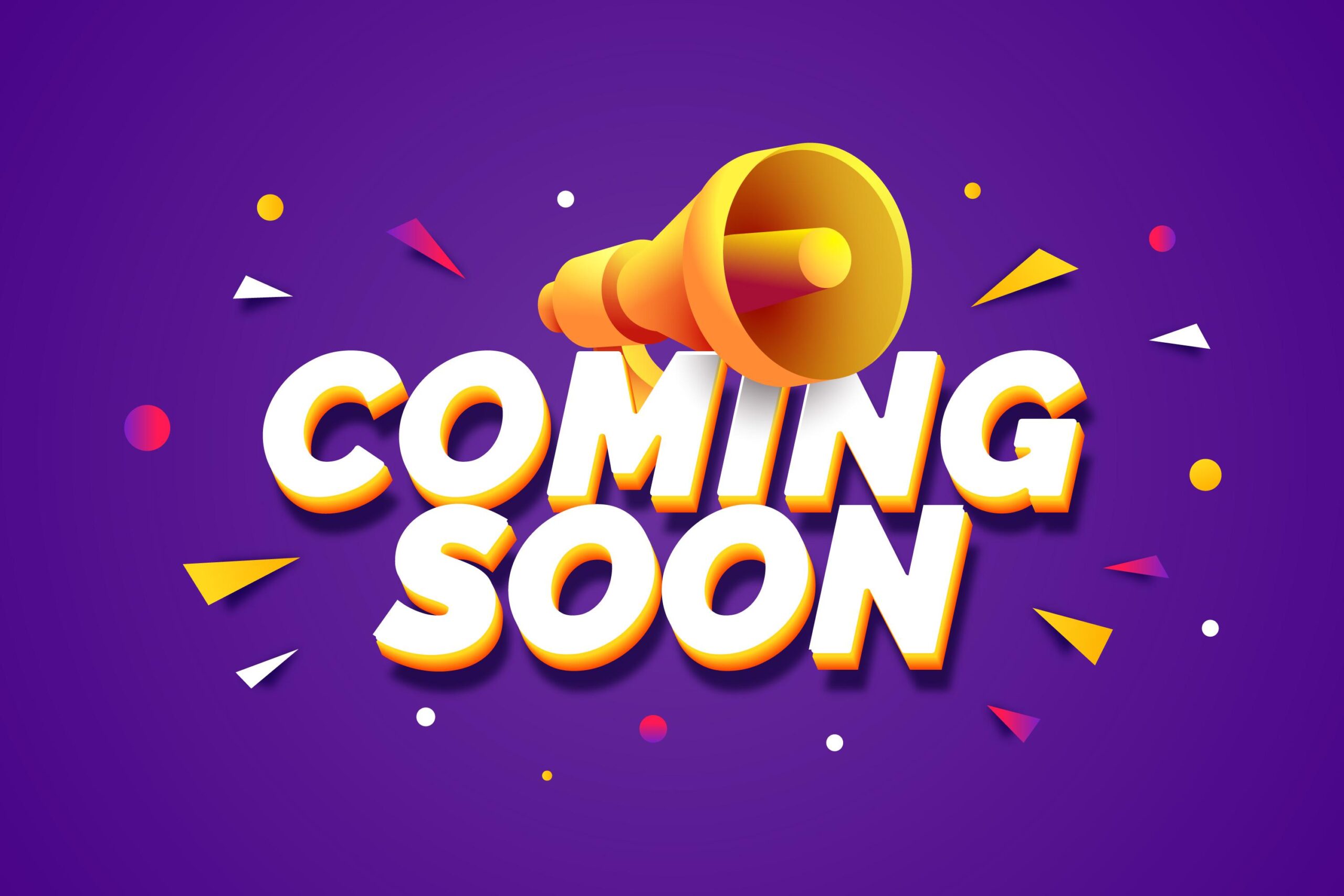
Card sorting is a technique employed in UX Design to ascertain different procedures, including receptive card sorting, closed card sorting, and online, offline card sorting.
Card sorting aims to assist the consumer experience professional in understanding how to arrange a site or software application best so the construction of data will be logical to the most significant number of buyers.
It is possible to use card sorting effects to label and group your site data in a means which makes the most sense to your viewers.
Card sorting is helpful. Once You want to:
- Designing a new site or part of a website, or enhance a Present website
- Find out just how your clients expect to see your information grouped on your Site.
- Find and compare the way that Folks know different concepts or thoughts.
- Get individuals to rank or arrange things based on criteria.
Advantages of card sorting
- Easy & Inexpensive — Card sorting research are easy and economical to install for most of the folks involved.
- Fast to perform — Many sorts quickly yielding a substantial number of valuable information.
- Launched: UXer used this technique widely for more than a decade.
- Involves user Studies offer insight into customers’ minds for site content and instinctive content group.
- Gives a fantastic base –Card sorting provides a solid base for the construction of a website or product, as well as a way when exploring label quality.
- Specifies a fantastic perception — Provides a tremendous understanding of the consumers’ subconscious and how they’d expect the data to be coordinate.
How to do card sorting
A pro is provided lots of cards or sticky notes from the card sorting procedure, each comprising another word. The evaluation player is to arrange them as he sees best. The outcomes are listed, and also the card sorting method with multiple test participants. The usability specialist can then pass this info to the designers of the site or software application.
Different types of card sorting
Card sorting involves making a pair of cards that each represent a concept or thing and requesting people to set the cards in a means which makes sense to them. You can conduct an open, closed, or even a Remote card type, based on what you would like to discover.
Open Card Sorting: Simply receptive card sorting, every player is provided a pile of cards. The participants are then requested to set those cards in almost any way that they want. They then produce labels for the classes they picked. This process is to get new/existing data architectures (IA) or coordinating goods on a website.
Closed Card Sorting: closed card sorting, the investigators produce the tags for their various groups. Participants are given a pile of cards and therefore are requested to place each card into a group. When adding fresh content to a current website or obtaining another form of insights following an open card type, this system adds new content to an existing website.
Remote Card Sorting: Remote card sorting sessions are computer-based sessions where participants work independently on their personal systems. Several software applications exist to aid you with large-scale small card-sorting studies.
Final Words
Card sorting is a superb technique, but it is sometimes not the ideal method for UX research. But when using card sorting and other UX methods like usability testing, it might allow you to discover some practical information about users to find new projects up and running. An individual needs to always spend sufficient time weighing the advantages and issues before choosing any UX research procedure.


